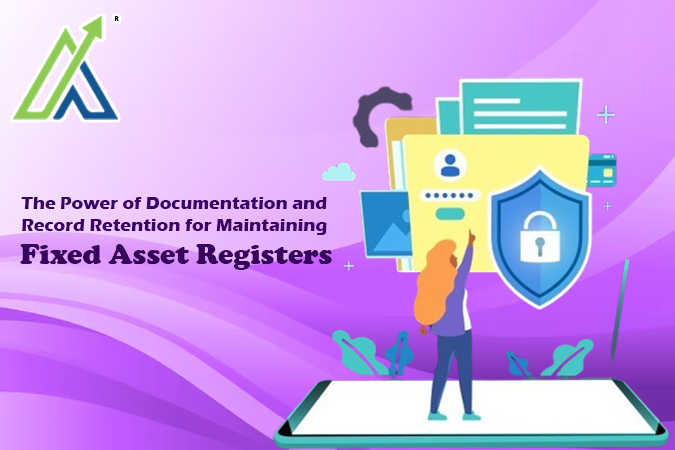Managing fixed assets is probably the most prominent element of operational efficiency and financial transparency within any organization. Further cementing it are effective policies on documentation and record retention that give assurance of appropriate fixed-asset registers. They help a great deal in deterring fraud, underpinning compliance, and painting an accurate picture of the existing base of assets within the organization. Following is a detailed explanation of how such strategies can be executed.
Why Documentation Matters
Documentation is your baseline. It’s where you record everything about your assets – purchase date, cost, location, condition, depreciation. Without it, you’re lost. It keeps everything organized and trackable.
Example: Buy a new machine? Record when you bought it, who sold it, the warranty, and the cost. This way, you always know its status.
Why Keep Records?
Record retention policies tell you how long to keep documents. They’re crucial for legal reasons, audits, and financial reports. For fixed assets, it helps you trace and resolve any issues.
Example: Sold an asset? Keep the sale records to verify during audits.
Adopting Efficient Documentation Procedures
Tag and Identify Assets:
Each object needs its own ID. Make use of QR codes, barcodes, or RFID tags. This ID connects to entire records.
Example: Office computer? Slap a barcode on it. Scan it to get all its details – purchase, maintenance, status.
Centralized Register:
Keep all asset info in one place, either a physical book or a digital database. Update it regularly.
Example: Use software where you log every new purchase and update for disposals.
Regular Audits:
Check your assets against records regularly. Update the register to match reality.
Example: Do an annual audit of all equipment to ensure records are accurate.
Smart Record Retention
Set Retention Periods:
Know how long to keep each type of document. Financial records might be kept longer than maintenance logs.
Example: Keep purchase invoices for 10 years, maintenance logs for 5.
Secure Storage:
Records should be stored safely. Safely store physical documents and make backups of digital ones.
Example: Backup digital records on a secure cloud, keep physical documents in a locked cabinet.
Review and Dispose:
Examine records on a regular basis. Get rid of anything that isn’t essential.
Example: Quarterly, review and securely dispose of records past their retention period.
Benefits of Solid Policies
Transparency and Accountability:
You can track anything and hold people accountable if you have clear documentation and retention standards in place.
Example: During an audit, you quickly provide detailed records, showing accountability.
Better Financial Reporting:
Precise financial reports are crucial for stakeholders, and they derive from accurate data.
Example: At year-end, a correct asset register ensures accurate asset values in reports.
Fraud Prevention:
The risk of fraud is reduced by adequate documentation and routine audits.
Example: Regular checks and strict record-keeping thwart a potential fraud case.
Questions to Understand your ability
Ques1: Why is asset documentation important?
- Organization
- Speed
- Cost
- Creativity
Ques2: What ties each asset’s information together?
- Password
- Tag
- Receipt
- Note
Ques3: Where do all asset details belong?
- Notebook
- Whiteboard
- Register
- Folder
Ques4: How frequently should assets be audited?
- Monthly
- Quarterly
- Annually
- Weekly
Ques5: What is the purpose of record retention policies?
- Creation
- Destruction
- Retention
- Transfer
Conclusion
Managing fixed assets with strong documentation and retention policies is a must. It keeps your assets trackable, ensures compliance, and boosts transparency. Implementing these strategies will safeguard your assets and streamline operations.
FAQ's
Keeps things organized and trackable.
Purchase date, seller, warranty, cost.
To verify during audits.
Use unique ID tags.
In a centralized register.
Annually.
For 10 years.
To manage space and follow policies.


